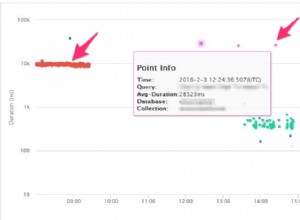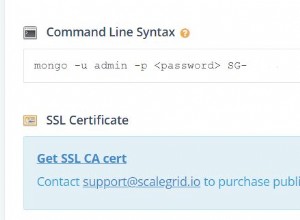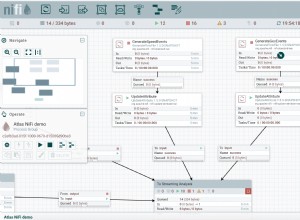Suppongo che tu abbia i seguenti documenti nella tua collezione:
{ "_id" : ObjectId("55b725fd7279ca22edb618bb"), "id" : 1 }
{ "_id" : ObjectId("55b725fd7279ca22edb618bc"), "id" : 2 }
{ "_id" : ObjectId("55b725fd7279ca22edb618bd"), "id" : 3 }
{ "_id" : ObjectId("55b725fd7279ca22edb618be"), "id" : 4 }
{ "_id" : ObjectId("55b725fd7279ca22edb618bf"), "id" : 5 }
{ "_id" : ObjectId("55b725fd7279ca22edb618c0"), "id" : 6 }
e il seguente elenco di ids
var listId = [ 1, 3, 7, 9, 8, 35 ];
Possiamo usare il .filter metodo per restituire l'array di ids che non è nella tua collezione.
var result = listId.filter(function(el){
return db.collection.distinct('id').indexOf(el) == -1; });
Questo produce
[ 7, 9, 8, 35 ]
Ora puoi anche utilizzare i framework di aggregazione e il $setDifference operatore.
db.collection.aggregate([
{ "$group": { "_id": null, "ids": { "$addToSet": "$id" }}},
{ "$project" : { "missingIds": { "$setDifference": [ listId, "$ids" ]}, "_id": 0 }}
])
Questo produce:
{ "missingIds" : [ 7, 9, 8, 35 ] }




